Pareidolia
David Webb (Owner, writer & host of All-About-Psychology.Com)
Face perception is a very important human attribute. Our brains it would seem are hard-wired to help us recognize the presence of a face from birth; newborn babies for instance will automatically focus attention towards any face-like pattern.
This deep-rooted face detection system remains operational throughout our lives. Let's see if we can trigger yours!
(Images courtesy of nottsexminer, thentoff & Nico via flickr creative commons.)
See a face or two? Assuming you did, the psychological phenomenon you are experiencing is known as pareidolia i.e. the perception of an ambiguous and random stimulus as significant.
One of the best known examples of pareidolia is the "face on Mars", the famous NASA image taken in 1976 by the Viking 1 orbiter (satellite photos from a later NASA mission in 2001 shattered the illusion of the original image).
What is it about Mars?
Ever since NASA's twin exploration rovers landed on Mars (January 3 and January 24, 2004) and began beaming back images, people claim to have seen all manner of things on the red planet, including as intimated in the following video, a polar bear!
In the name of psychological science, I decided to spend some time surveying the Martian landscape close to where the polar bear was spotted and guess what? That bear is not alone!
Got to love pareidolia!
Religious Pareidolia
There are lots of examples of a random stimulus inducing religious pareidolia, from people reporting seeing the figure of Jesus Christ amid the flames of Notre Dame (thanks to Debbie Harrison for letting me know about this), to most notably, the toasted cheese sandwich purportedly bearing the image of the Virgin Mary which sold on eBay for $28,000!
You can get further details on this story and see a picture of this very expensive lunch item by Clicking Here.
Projective Pareidolia
The Rorschach inkblot test, a very popular and some would say questionable method of psychological evaluation is a great example of applied pareidolia. During the Rorschach test individuals are shown a series of inkblots and are asked to to say the first thing that comes to mind. Because the inkblot stimulus is ambiguous, it is claimed that the patient must impose his or her own interpretive structure on to the image, and in doing so they reveal their thoughts and feelings, some of which are unconscious and have been projected into the inkblot image, hence the term projective testing.
If you would like to learn more about the iconic and opinion dividing Rorschach inkblot test, you can do so via the following link.
Pareidolia Research
"Why and how do we tend to see faces in objects that have constituent parts resembling those of a face? Is it because our brains are hard-wired to detect the presence of a face as quickly as possible, or is it a later cognitive construction or interpretation?"
This was the central question investigated by Nouchine Hadjikhani and colleagues as part of their pareidolia-related research investigation. You can read their published findings in full by Clicking Here.
Pareidolia Picture Gallery
See following link to check out some of the very best pareidolia pictures out there.
About The Author
David Webb is the owner, writer and host of four websites built around his teaching and research interests; including All-About-Psychology.Com which receives over two million visits a year.
A passionate promoter of psychology through social media, over 890,000 people follow his psychology Facebook page and he is featured on the British Psychological Society list of the 100 most followed psychologists and neuroscientists on Twitter.
A bestselling author, his published work includes: The Psychology Student Guide - The Incredibly Interesting Psychology Book and, On This Day in Psychology.
Recent Articles
-
Psychology Articles by David Webb
Dec 25, 25 04:07 PM
Discover psychology articles by David Webb, featuring science-based insights into why we think, feel, and behave the way we do. -
Aphantasia Explained: When Reading Doesn’t Create Mental Images
Dec 25, 25 07:40 AM
Aphantasia is the absence of mental imagery. This article explores how it affects reading, memory, imagination, and why not everyone “sees” in their mind. -
Forer Effect Explained: Why “That Sounds Like Me” Feels True
Dec 24, 25 07:33 AM
The Forer effect explains why vague personality descriptions feel personal. Learn how validation, authority, and expectation shape misplaced certainty.
Please help support this website by visiting the All About Psychology Amazon Store to check out an awesome collection of psychology books, gifts and T-shirts.
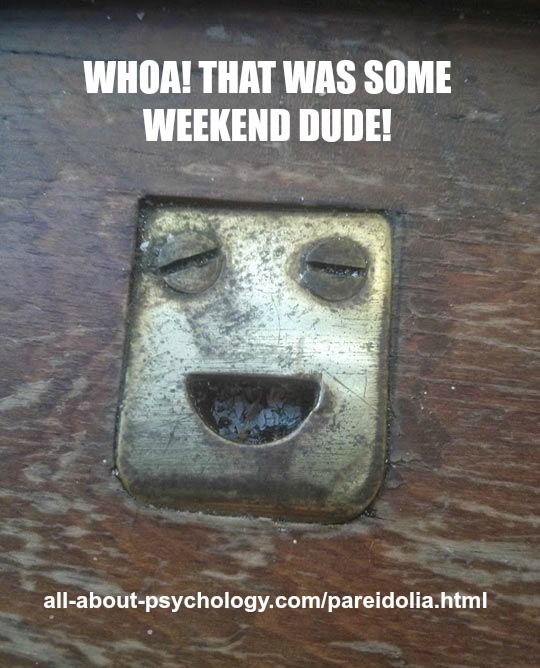
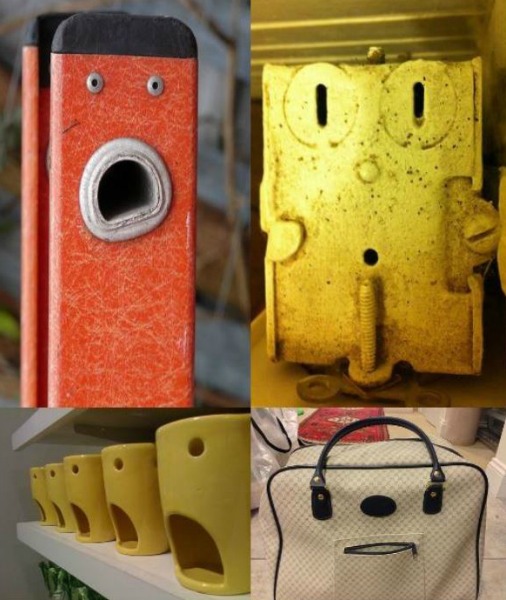
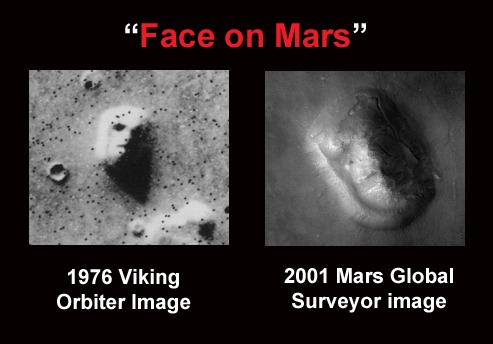
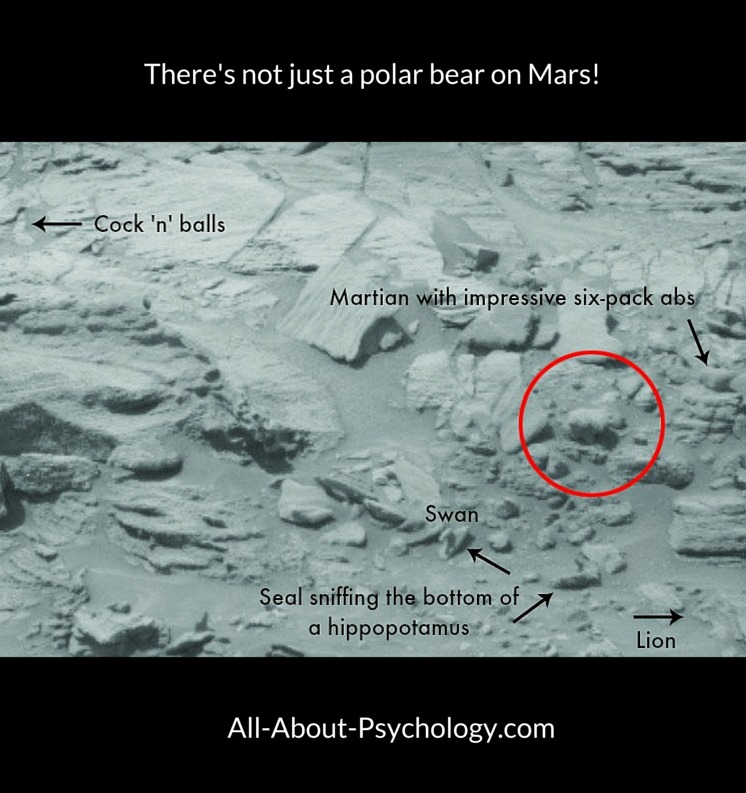

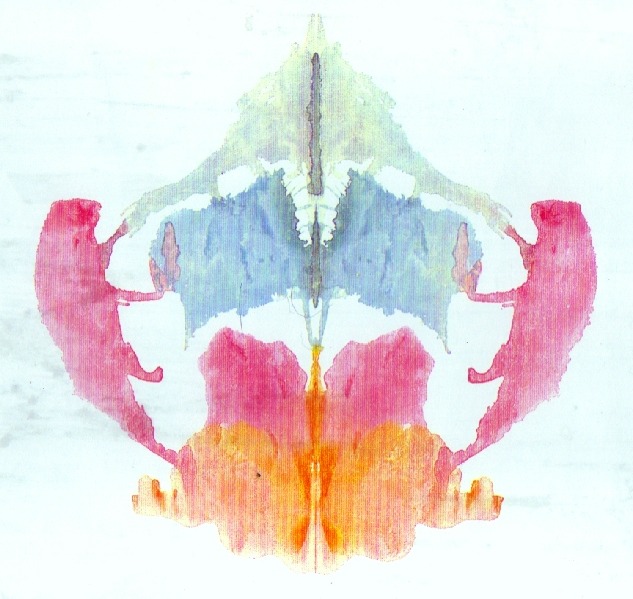



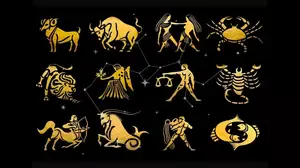


New! Comments
Have your say about what you just read! Leave me a comment in the box below.